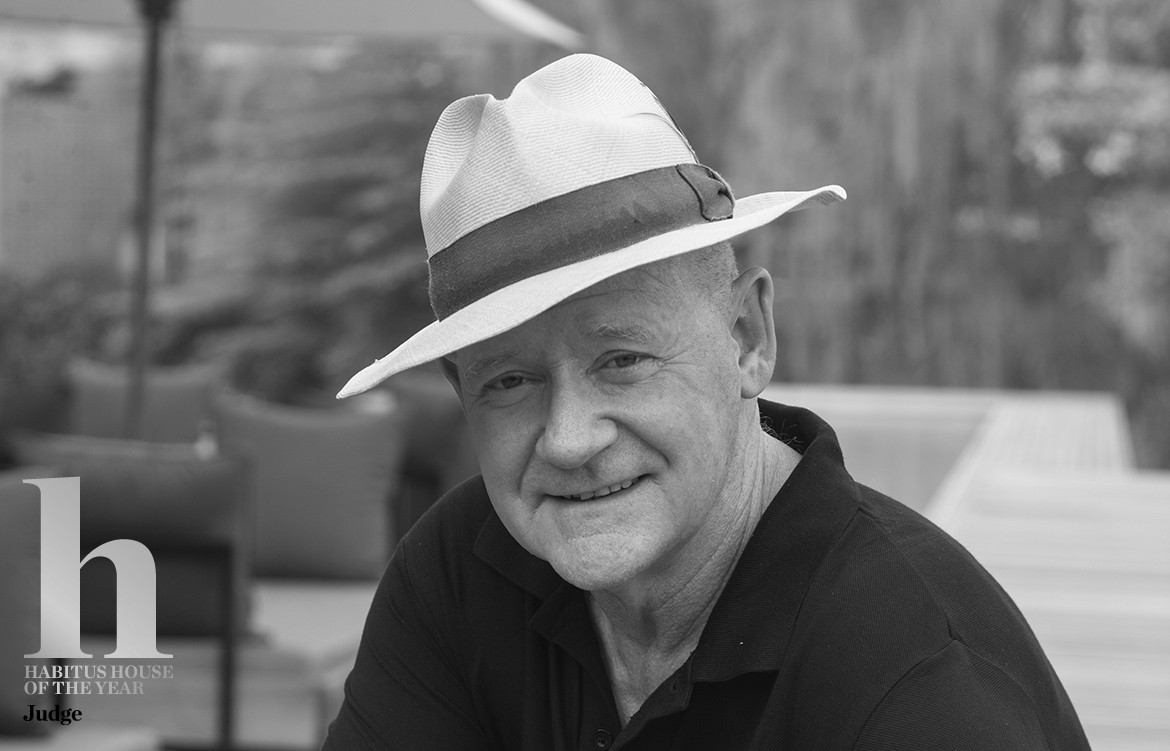Like many good things, Habitus came into being as, essentially, a passion project. “I used to make regular trips to Europe but always stopped over in South East Asia,” Founding Editor Paul McGillick reminisces, “And I gradually became aware of a kind of revolution going on: a whole generation of young architects had come back from their training overseas and brought what they’d learnt back and married it to their own cultural and climatic contexts.” The time was the late 1990s, and across the Indo-Pacific region young designers were deftly blending local styles with the tenets of western Modernism. Old typologies made room for the new in commercial and residential design alike, and the neo-vernacular movement swept across the region, leaving in its wake the first signs of a distinctive, hybrid architectural style.
“There was a challenge to make it new – to do something fresh and original, but which still served its purpose locally,” Paul says, noting that the context to which young architects were responding comprised not only climatic and landscape conditions but also the conundrum of post-colonial architectural remnants. “They came back steeped in Modernist principles and saw an opportunity to create a new type of architecture that interacted with what was already there.”
Over the years, Paul’s fascination with this new way of designing homes endured, and he wrote prolifically on the region’s idiosyncratic design, publishing Sydney Architecture: The Making of a Global City in 2005 and 25 Tropical Houses in Singapore and Malaysia in 2006. Still, he remained convinced that the region’s rich design culture was going largely unsung. “Australian architects got on a plane and they flew straight to London and New York,” Paul explains, “They didn’t even notice what they were flying over the top of.”
And so Paul set his sights on creating a platform dedicated to recognising excellence within the Indo-Pacific, an idea that became tangible with the launch of Habitus magazine in 2008. From its first issue Habitus defied convention, eschewing the obvious and the trendy for the bold, the new, and the undiscovered. “We saw ourselves as discovering all this talent – these people who were doing something which was completely unique,” says Paul, “We wanted to showcase that and celebrate the creativity of the region.”
A decade later, under Editor Holly Cunneen, the magazine remains true to this original vision and continues to foreground local talent across art and design with a zeal that is unmatched elsewhere. Focused on our region but beloved by design hunters around the world, Habitus has been instrumental in influencing not only the way that people design – Paul speculates that since the magazine’s launch, Australian architects have become more open to adopting forms and materials found in South-East Asia – but in the way that people talk about design.
One of the driving ideas behind Habitus is that design and lifestyle are not mutually exclusive; rather, design itself is a way of life. Habitus consistently reminds readers that spaces are designed to be occupied, and that the true stories lie in the ways that we occupy space. “When we started Habitus, none of the other magazines put people in shots,” says Paul, by way of example, “The architects hated it – they just wanted to see their architecture pure. We were particularly interested in how the house expressed the way of life of the people that lived in it.”
Relationship with the way of life of its occupants is a key criterion for the winning project of the Habitus House of the Year, a new award program celebrating outstanding Indo-Pacific residential architecture. As the Chair of this year’s competition jury, Paul will preside over a judging panel that also includes Cubes and Indesignlive.sg Editor Narelle Yabuka, architecture writer Karen McCartney, Burley Katon Halliday founder Neil Burley, and Howard Tanner to name the first Habitus House of the Year and award commendations for Exemplary Integration of Environment and Outstanding Interior Architecture.
When I ask Paul what he’ll be looking for in selecting the winning project, he emphasises the importance of responding to context, reminding me that “Place and place-making have always been very important to Habitus.” He also notes the centrality of responding sensitively to climate and landscape – highlighting that the two are often interconnected – and warns readers not to expect any homogenous white-cube architecture. “We’re looking for character,” he says, “Something special about the house and how it relates to where it is, whether it’s the local street or broader culture. What’s it doing that’s really interesting? What’s it doing that’s really unique?”
For more information on Habitus House of the Year and to view the full shortlist of unique projects in the running for this year’s prize, pre-order your copy of Habitus issue 41 and subscribe to our newsletter today. Read more about Habitus House of the Year here.
We would like to extend a special thanks to our Major Sponsors for their support in the inaugural year of the Habitus House of the Year initiative. Thank you to StylecraftHOME, Sub-Zero Wolf and ZIP Water.

